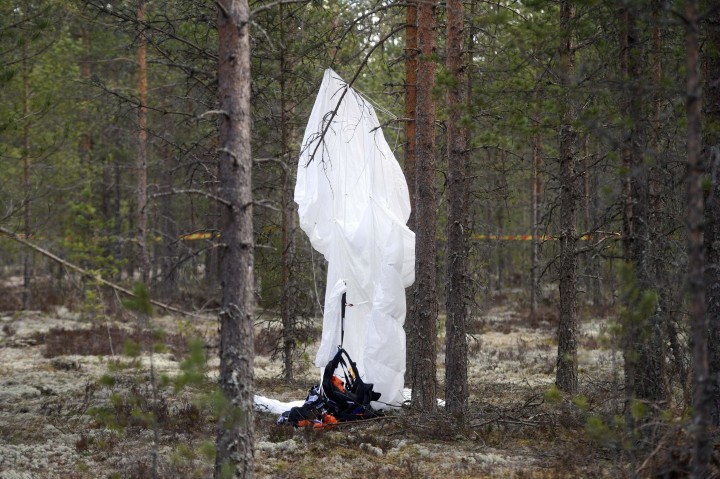The pilot reported that, shortly after the skydiving flight departed, the engine experienced a “mechanical
failure” and that he then executed a forced landing in a farm field south of the airport. The airplane
nosed over in the mud, which resulted in structural damage to the airframe.
During a postaccident test run of the engine on the airframe, lower-than-normal exhaust gas temperature
indications were observed on the engine’s left-side (Nos. 2, 4, and 6) cylinders. Excessive soot and
smoke were also observed on the engine’s left side. During a subsequent test run, the engine initially did
not achieve full power. Further examination revealed that both of the No. 2 cylinder intake valve springs
were fractured, and visible rust was observed on the surfaces of the springs. The springs showed
evidence of fatigue fractures that had originated from rust pits on the fracture surfaces. After the valve
springs were replaced, the engine was capable of operating normally at full power.
Inside video of the accident.




